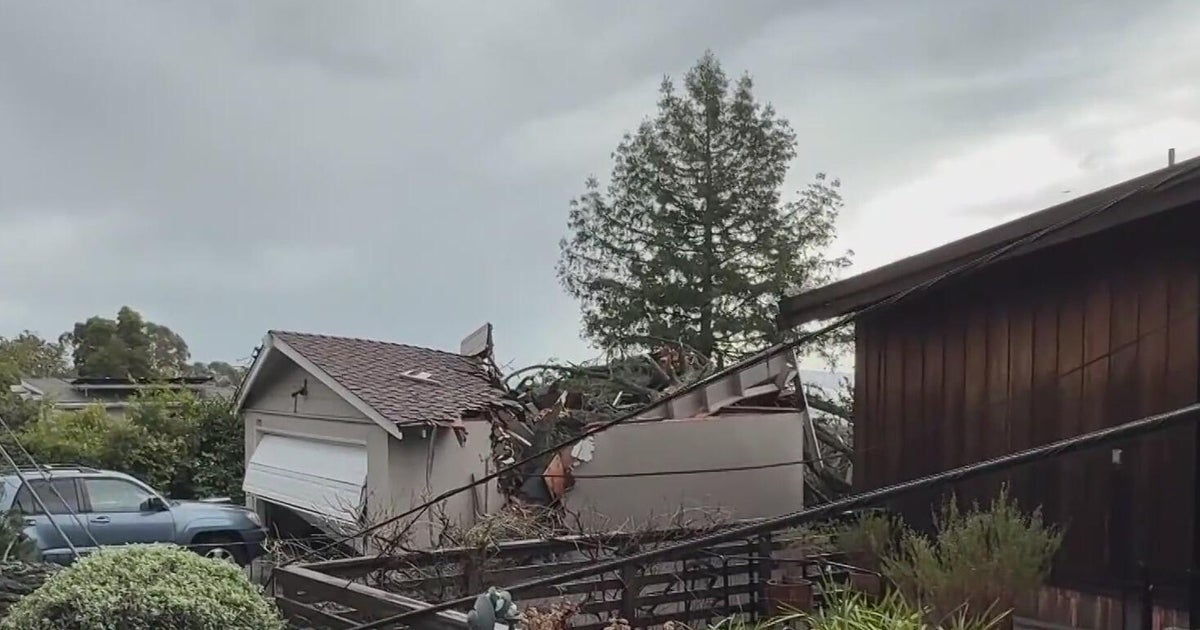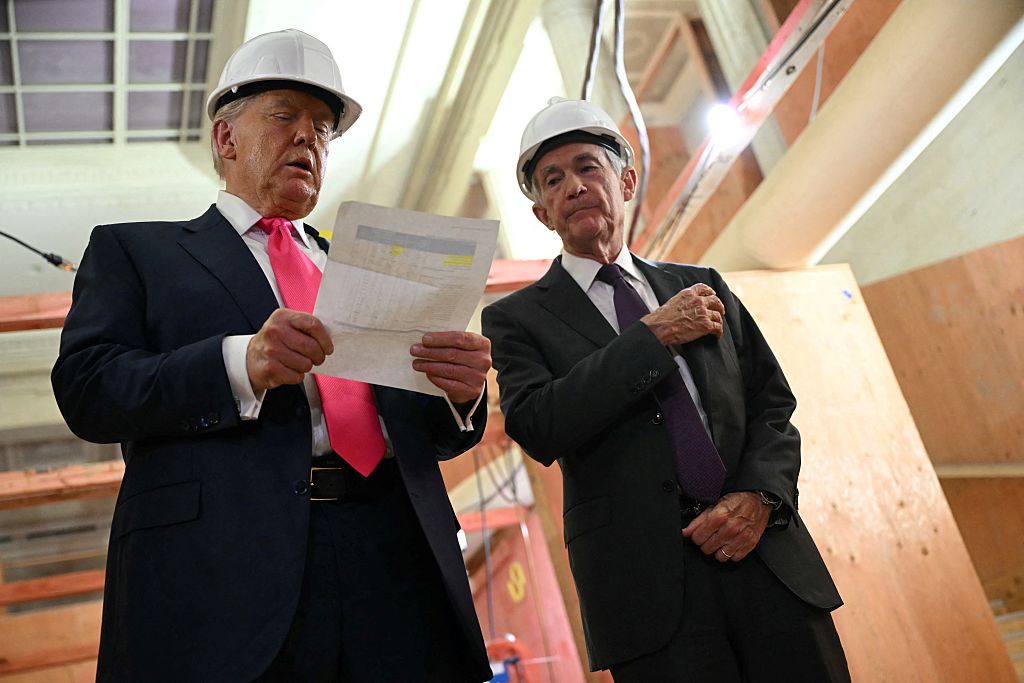The Fed is taking a break in hiking interest rates. Here's why.
The Federal Reserve held its key interest rate flat on Wednesday, pausing what has been the most aggressive push to quash inflation since the 1980s. But in a surprise move, the central bank said it expects to raise interest rates later in the year one or two more times, sending stocks falling.
For now, the Fed's benchmark interest rate remains in a range between 5 and 5.25%. That rate determines what banks pay to borrow money and influences borrowing costs for consumers and businesses.
"In light of how far we've come in tightening policy, the uncertain lags with which monetary policy affects the economy, and potential head winds from credit tightening, today we decided to leave our policy interest rate unchanged," Federal Reserve Chair Jerome Powell told reporters Wednesday.
"It may make sense for rates to move higher, but at a more moderate pace," he added.
Although higher interest rates remain on the table, the hiatus points to a new phase in policymakers' war on inflation. The central bank has raised rates 10 times since March 2022 to cool the hottest inflation in four decades. Those hikes have brought the annual inflation rate from a high of 9% in June 2022 to 4% last month, but inflation remains above the Fed's stated 2% target.
Inflation sending mixed signals
Although overall inflation has eased, so-called core inflation that leaves out volatile energy and food prices, has remained elevated, falling only to a 5.3% annual rate in May from its previous level of 5.6%. Most economists consider core inflation, which includes factors like housing and services, a more accurate gauge of the pace of price increases.
"With core inflation proving so sticky, the Fed seems far from confident that it has done enough to tame inflation," Brian Coulton, chief economist at Fitch Ratings, said in a note.
Worker advocates and investors alike have urged the Fed to hold off on rate increases to avoid potentially pushing the economy into a recession.
Because of the sharp interest-rate increases over the last 15 months, a mortgage costs double what it did in 2021, car loans are at a 15-year high and the job market is slowing. Since it can take time for the full effect of rate hikes to be felt, the Fed's pause will buy policymakers more time to assess if it should raise them further or stand pat.
The Fed's future projections today are far rosier than they were in March, with policymakers expecting the economy to grow by to 1% this year and the unemployment rate to rise modestly to 4.1%. The Fed also expects a final benchmark rate of about 5.6% — indicating two more increases before the end of 2023.
"The Fed is basically acknowledging that growth this year is holding up a lot better than anticipated, but they also anticipate core inflation staying more elevated than previously planned," analysts at Vital Knowledge said in a note.
Stocks slumped after the Fed's announcement as Wall Street digested the possibility of additional interest rate hikes later this year. The Dow Jones Industrial Average fell 1%, while the S&P 500 and tech-heavy Nasdaq also lost ground before regaining their losses later in the afternoon.





